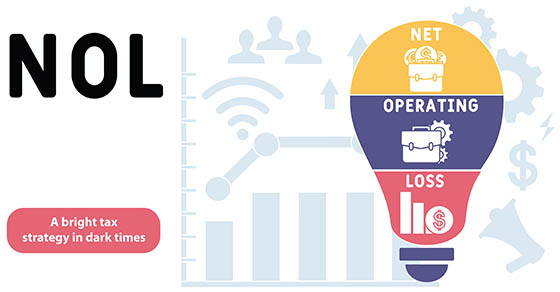The treatment of research and experimental (R&E) expenses is a high-stakes topic for U.S. businesses, especially small to midsize companies focused on innovation. As the tax code currently stands, the deductibility of these expenses is limited, leading to financial strain for companies that used to be able to expense them immediately. But proposed legislation dubbed The One, Big, Beautiful Bill could drastically change that. Here’s what you need to know.
R&E expenses must currently be capitalized
Before 2022, under Section 174 of the Internal Revenue Code, taxpayers could deduct R&E expenses in the year they were incurred. This treatment encouraged investment in innovation, as companies could realize a current tax benefit for eligible costs.
However, beginning in 2022, the Tax Cuts and Jobs Act (TCJA) changed the rules. Under the law, R&E expenses must be capitalized and amortized over five years for domestic activities and 15 years for foreign activities. This means businesses can’t take an immediate deduction for their research spending.
The practical impact on businesses
Startups, tech firms and manufacturers, in particular, have reported significant tax hikes, even in years when they operated at a loss. The shift from immediate expensing to amortization has created cash flow issues for innovation-heavy firms and complicated tax reporting and long-term forecasting.
Lobbying groups, tax professionals and industry associations have been pushing for a reversal of the TCJA’s Sec. 174 provisions since they took effect.
What’s in The One, Big, Beautiful Bill?
The One, Big, Beautiful Bill is a comprehensive tax and spending package that narrowly passed in the U.S. House in May. It contains a provision that would restore the immediate deductibility of R&E expenses, among other tax measures.
Specifically, it would allow taxpayers to immediately deduct domestic R&E expenditures paid or incurred in taxable years beginning after December 31, 2024, and before January 1, 2030. This provision would also make other changes to the deduction.
If enacted, the bill would provide a lifeline to many businesses burdened by the amortization requirement — especially those in high-growth, innovation-focused sectors.
Legislative outlook and next steps
Passage of the current version of The One, Big, Beautiful Bill remains uncertain. The bill is now being debated in the U.S. Senate and senators have indicated they’d like to make changes to some of the provisions. If the bill is revised, it will have to go back to the House for another vote before it can be signed into law by President Trump.
However, it offers hope that lawmakers recognize the challenges businesses face and may be willing to act. If enacted, the bill could restore financial flexibility to innovators across the country, encouraging a new wave of research, development and economic growth.
Stay tuned, and contact us if you have questions about how these potential changes may affect your business.











